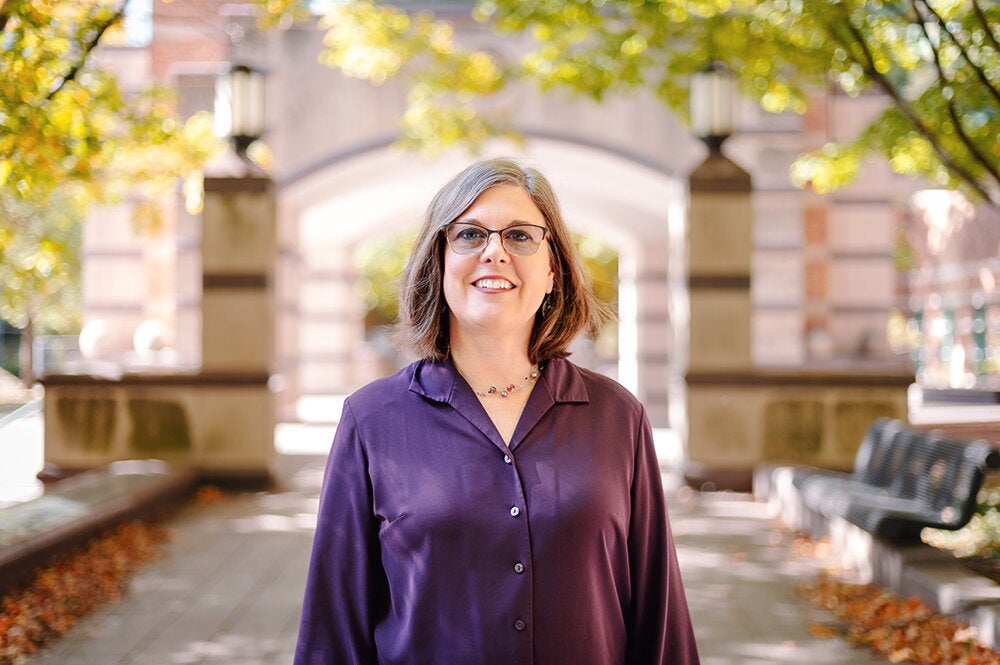

There is a simple, inexpensive way to increase the probability that people who are high-risk for HIV infection will enroll in a prevention program: Tell them they can just say no to the program’s message.
Dolores Albarracin, an LAS professor in psychology, found that telling high-risk people that they will not be coaxed into changing their opinion about condom use increased the likelihood that they will enroll in the HIV-prevention program by 15 percent.
“In earlier studies, we found that the people most willing to enroll in HIV-prevention programs were the low-risk people,” says Albarracin. “The high-risk people don’t agree with the need, so they don’t want people coming in and telling them what to do.”
To find a way to reach the most vulnerable—and unwilling—audiences, Albarracin conducted an experiment among 400 high-risk people at the Florida Department of Health in Gainesville. The study’s participants came to the center for a standard health assessment. Then partway through the assessment, a counselor entered the room, announced a break, and invited people to participate in a brief HIV-risk-reduction counseling session.
According to Albarracin, the counselor tested four different types of invitations:

One invitation simply asked them to take part in a counseling session. Nothing more.
A second invitation added information about the HIV-prevention counseling session.
A third invitation went a step further and tried to sell the counseling session by pointing out that the counseling had improved the lives of most past participants.
The fourth invitation made it clear that the counseling session aims to provide the most current information, but the objective is not to make people use condoms if they do not want to.
The fourth approach was clearly the most effective, Albarracin says. While the first three invitations elicited about the same response, the fourth invitation boosted overall participation by 15 percent. For participants who were particularly low condom users, the pressure-free invitation increased participation by 19 percent.
The reason for the difference is that “this is an empowering approach,” Albarracin says. It boosts what she calls a person’s defensive confidence level. In an earlier study, she found that people are more willing to hear opposing political messages if they are more confident that they will emerge with their views intact. So she looked for ways to boost people’s defensive confidence level in an HIV-prevention setting.
Albarracin notes that their study was conducted among primarily African American females (about three-quarters were female), so further work needs to be done with other demographic groups. Her team also needs to determine how well this strategy works in a close one-on-one interaction between a professional and a patient who have an ongoing relationship. Some of this research will be conducted in collaboration with the Champaign-Urbana Public Health District.
Increasing retention is the objective of this project, which is funded by the National Institutes of Health, during the next five years, Albarracin says. The low-pressure approach, she adds, appears clearly to be “an inexpensive way to increase enrollment and possibly retention.”


